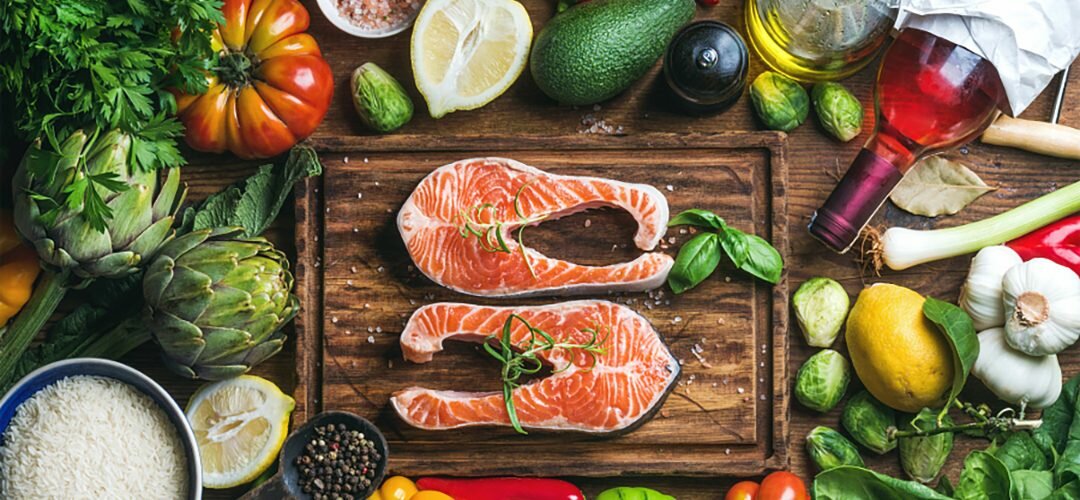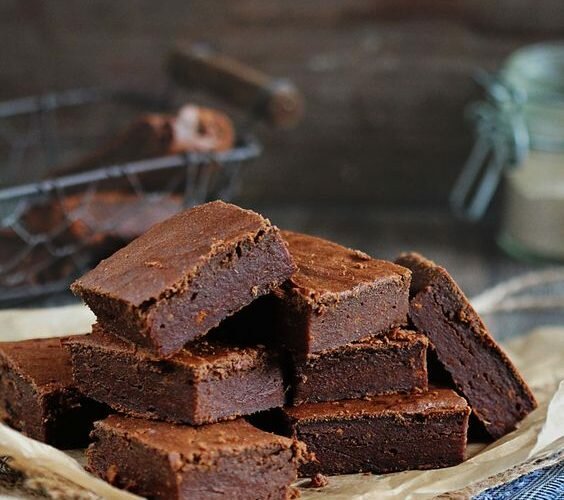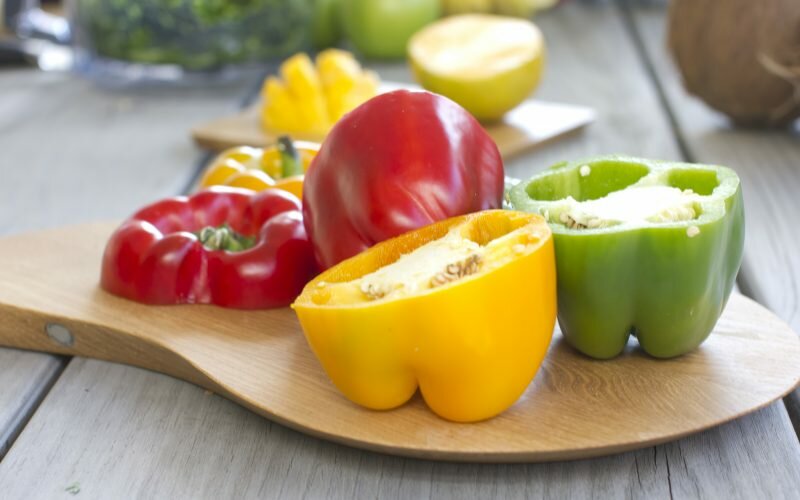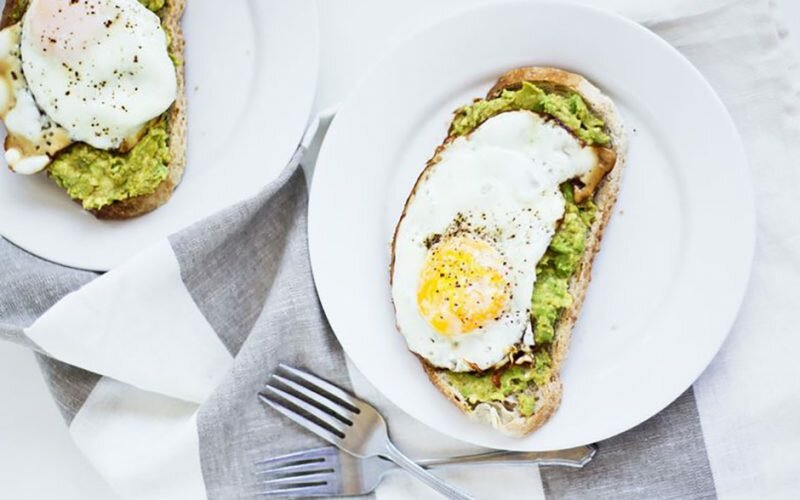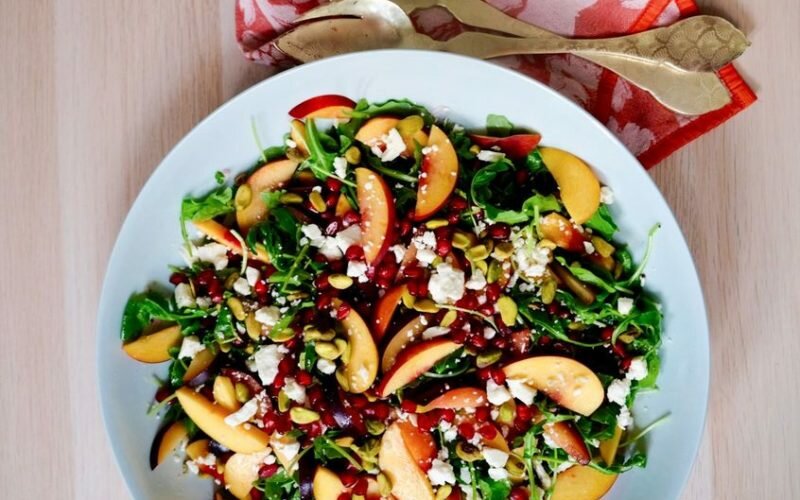The more I investigate eating, the more I discover how unhealthy our diets are. There’s just so many things to look out for. It’s overwhelming and challenging but you’re body will appreciate the extra work you put in.
Here are a list of foods that are thought of as nutritious or essential food groups, yet science says you need to dig deeper.
8 Unhealthiest Health Foods
1. Salmon
Let’s start off with a big one. I just discovered that the fresh salmon at my seafood market is farmed in Tasmania. So rather than eating a food rich in brain nourishing omega-3’s, I’m eating the aqua equivalent of a caged chicken.
The farm vs wild caught is a lengthy discussion, but red flags go off when you read about the high levels of dioxins, methylmercury and polychlorinated biphenyls (PCB’s) in farm raised salmon. These guys cause cancer.
I’m sure there are sincere farming methods in some parts of the world but most articles you read will tell you about too many fish, in too small an area, creating disease that is then treated with drugs. For example, Scottish salmon farmers using chemicals to prevent an infestation of sea lice. Or Tasmanian farmers feeding their overpopulated salmon dry pellets with antibiotics. Or farmed salmon being fed a synthetic ingredient, astaxanthin, to make them pink. This is apparently common as no one wants to buy a grey or white fillet of fish.
You are what you eat. And you are what you eat, eat. So whether it’s chicken, eggs, salmon or beef, you want to know what your animal is munching on. There’s a huge difference between an animal in it’s natural habitat thriving off the ingredients it’s biologically designed to eat, and a captive, overcrowded animal fed cheap plants like soy and corn. Or any dry, processed pellet.
2. Sushi
If market salmon isn’t good enough to eat at home, then why would you buy it at a restaurant? There are health concerns around almost all seafoods, because of the way we farm them or because of the mercury in the water. Prawns/shrimp, tuna, eel, crab, cod, caviar, shark. You have to question them all.
If the menu item doesn’t explicitly say ‘wild caught’, ‘grass-fed’ or ‘organic’ then it isn’t. And a restaurant isn’t going to spend extra money on sourcing quality ingredients and then not tell you about it.
Specific to sushi, you can’t honestly think that the lunch time Japanese place selling rolls for a few dollars is sourcing you the finest seafood.
3. Whey Protein
I find it comically baffling (and upsetting) that whey protein is a multi billion dollar industry. Dairy farmers used to throw whey in the bin after they made cheese. Now they dry it and sell it to a protein company that markets it as a health food that makes you buff. How gullible are we as a society?
Milk is an inflammation spiking protein made by, and for, another species. It’s not biologically meant for humans. Not only that, but most of the cows are pumped with antibiotics, steroids and fed nutritionally empty food. If you know all this and you don’t drink milk, why would you drink powdered whey? Most humans aren’t able to digest milk, so why would whey be any different? It might help with muscle development and toning but how do you feel afterwards? And ask your colon the same thing after consuming it for ten years.
I used to live on Gold Standard Chocolate whey. Having that as a delicious treat after the gym is what got me going there in the first. However, I haven’t shook the stuff for years and I beg you to do the same.
4. Plant Protein Powders
Just because I tear into whey, doesn’t mean the vegan stuff is any better. It uses all the same synthetic ingredients and sweeteners to extend it’s shelf life. Do you buy soy lecithin, maltodextrin, xanthan gum, xylitol, aspartame or sucralose from your vegetable market? Then why would you accept it in a powder?
Similarly, most plant-based powders are made of soy, brown rice or pea. Cheap proteins made by big companies with little to no nutrition.
5. Meat
Most of us don’t label sausages as health foods but the most popular books on nutrition at the moment specifically encourage sausages, bacon and other processed meats. I’m talking to the Paleo and Whole30 crews.
The World Health Organisation labelled processed meats as Group 1 carcinogens. So they directly lead to cancer. And red meat is climbing the ranks, up to Group 2A.
Paleo dieters won’t eat chickpeas and lentils, two of the healthiest foods on the planet, but apparently, turkey sausage and sugar-free bacon are wonderful superfoods. Let’s agree that you eat protein dense animals because you value weight loss and muscles and are unaware of the long-term consequences.
6. Fruit & Vegetable Juice
I used to live off this stuff. Not the freshly squeezed. The 2L plastic apple juice that sits out of the fridge on the supermarket shelf. How is that even possible? When I make fresh juice at home, it’s only fresh for minutes or days, depending on if I’m using a cold pressed juicer or a centrifugal one with a blade.
So how can a supermarket one last weeks or months? The answer is shelf stabilising sugars or preservatives. Even the healthiest looking green juice will be 70-80% apple juice. It needs a high fructose percentage to make it last longer.
If any product has an expiry date that exceeds your home made experience, do not buy it.
7. Low-Fat Yoghurt
Despite condemning dairy, I’ve read some strong articles for yoghurt. The cultures create gut-healthy probiotics and prevent inflammation. So I think there’s value in Greek or natural yoghurt.
However, these benefits only apply to unflavoured, unsweetened, full cream yoghurt. It should have four ingredients. If it’s flavoured or low fat then it’s full of sugar. Do not eat.
8. Brown Rice Syrup
I’ve deep dived into this one before.
Brown rice or rice malt syrup isn’t healthy. It’s commercially created by big companies who boil down brown rice. And it’s 100% glucose. That means it has absolutely no nutrients and it spikes your blood sugar. Raw sugar itself is probably healthier, and we know how bad that is.
I use maple syrup, pitted dates or raw honey. You only need small amounts and unlike brown rice syrup, these contain actual nutrients.
It’s becoming harder and harder to find sincere foods. At the very least we need to be reading ingredient labels. But we also have to go one step further on the foods without labels. Ask your grocer the story behind the fruit, veggie, egg, fish or meat they’re selling. Where it’s grown, under what conditions, how far from here. If you’re not that difficult, suspicious customer then you’re the naive sick one.
Article by James Mcloughlin – Green Press
W: www.greenpress.co
F: /greenpress
I: @greenpress
